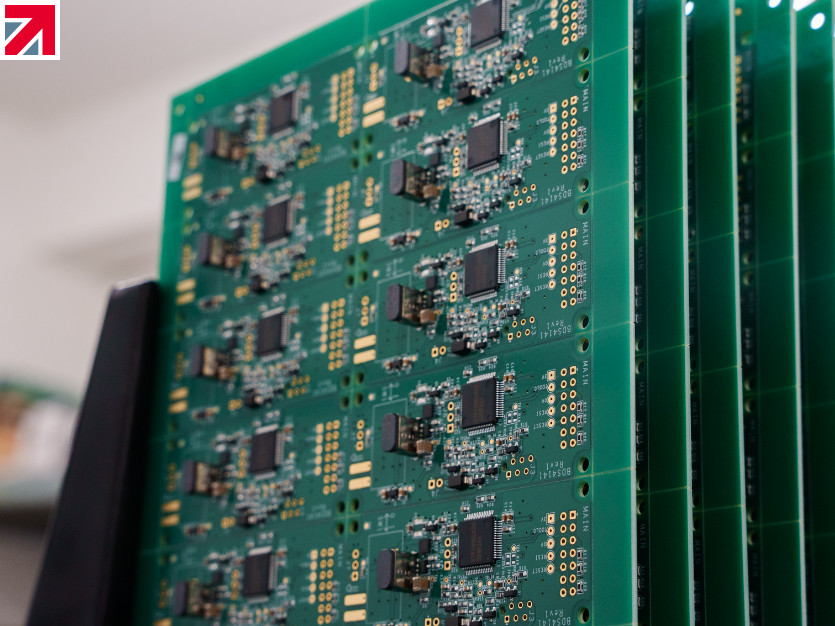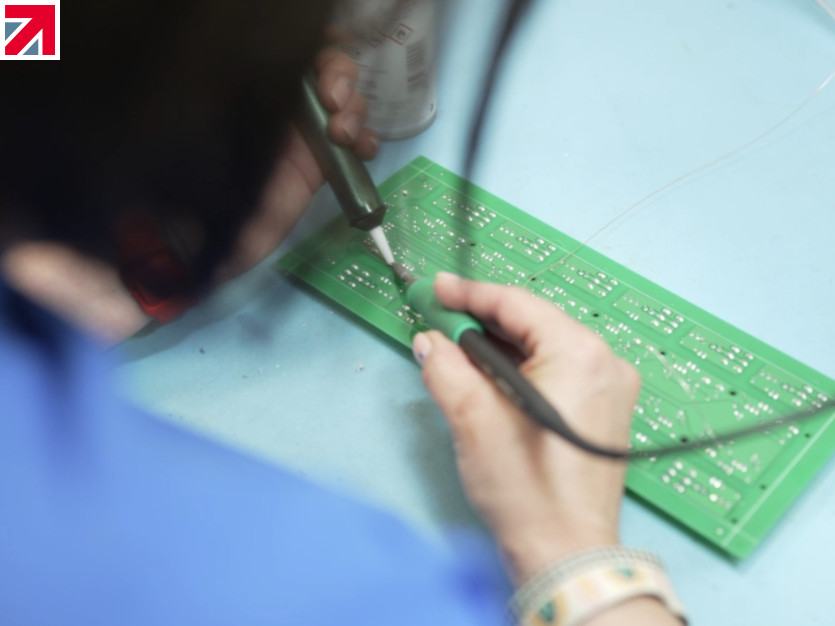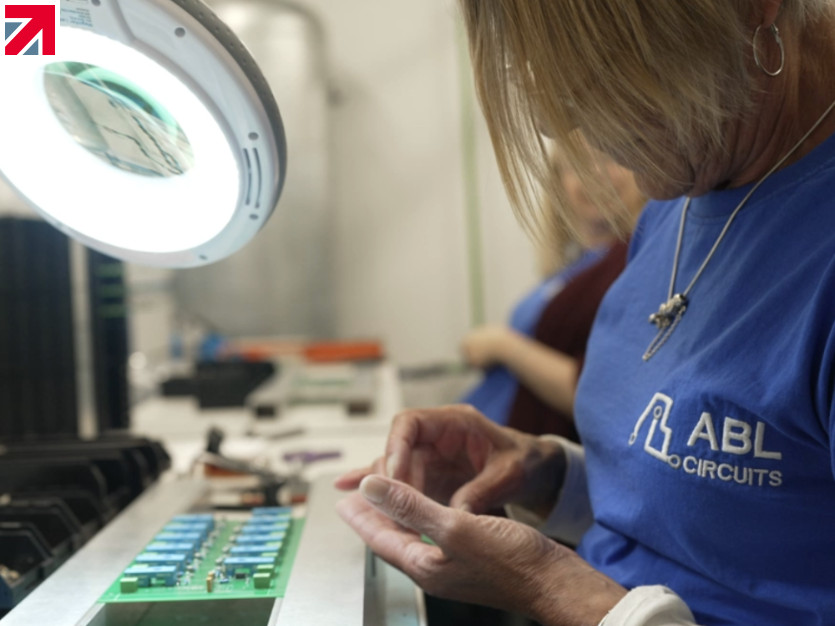Technology is the backbone of everything we do today – at work, at home, everywhere. And at the heart of nearly every piece of tech is a Printed Circuit Board (PCB). So, getting PCB manufacturing right isn’t just important, it's critical for your success.
After years in the PCB industry, working with countless businesses just like yours, I've seen firsthand where things go wrong, and the real impact it has. It’s not just about technical specs; it's about deadlines missed, budgets blown, and products that fall short.
It’s easy to overlook the PCB itself until something goes wrong. It's not the glamorous part of your product, but if the PCB isn't up to scratch, your entire project can grind to a halt. Think about the knock-on effects: launch delays that cost you market share, unexpected expenses eating into your profits, and ultimately, products that don't deliver on their promise. Sound familiar? I know it does. I've seen the stress and the bottom-line impact these issues cause.
So, these are the main challenges that can derail your projects, cause sleepless nights, and hit your business where it hurts. From my experience, these seven key areas where things commonly go wrong, and what the real consequences are for you.
1. Design Errors
Design errors are often the silent saboteurs of PCB projects. Even seemingly minor mistakes in the PCB design stage can trigger a cascade of problems. Imagine this: you're pushing for a tight deadline, only to discover a design flaw late in the process. This means costly redesigns, production delays stretching weeks or even months, and a product that, even after all that, might not function as intended. Incorrect component placement, flawed routing, or neglected thermal considerations are potential project killers. They lead to wasted engineering time, missed market opportunities, and a frustrated team.
The Solution? Invest in Design Expertise Upfront. Don’t cut corners on design. Engage experienced designers who truly understand the intricacies of PCB manufacturing. Think of it as insurance against costly downstream problems. They'll catch errors early, conduct rigorous design reviews, and use essential tools like electrical and thermal simulation to verify performance before you commit to production. And crucially, make sure they adhere to Design for Manufacturing (DFM) guidelines to safeguard your budget and timeline, ensuring your design is actually manufacturable efficiently.
2. Material Selection
Material choice isn't just a spec on a datasheet; it's the foundation of your PCB’s performance, reliability, and ultimately, your product’s success. Choosing the wrong material can have a ripple effect of negative consequences. Imagine your product failing in the field due to inadequate heat dissipation because of a poor material choice, or mechanical failures because the material wasn't strong enough. This translates to warranty claims, damaged reputation, and lost customer trust. And let's not forget the cost implications – using overly expensive materials unnecessarily impacts your profit margins, while cheaping out can lead to costly failures down the line.
The Solution? Seek Expert Material Guidance. Don't guess or assume. Consult with your PCB supplier – they should be material experts. Use their knowledge to guide you to the optimal material choices for your specific application. Invest in material samples and PCB prototypes to thoroughly test performance before committing to full production. Understanding your PCB’s performance requirements – electrical, thermal, mechanical – isn’t just about ticking boxes; it's about ensuring your product is robust, reliable, and cost-effective in the long run.
3. Manufacturing Defects
Manufacturing defects are an unfortunate reality, but failing to catch and address them is where the real pain begins. Imagine a batch of PCBs riddled with defects slipping through quality control. These defects aren't just cosmetic blemishes; they translate directly into performance failures, reduced product lifespan, and ultimately, increased costs. Think about the time and resources wasted on troubleshooting faulty units, the expense of returns and replacements, and the potential damage to your brand reputation. Defects aren't just a manufacturing issue; they are a direct hit to your profitability and customer satisfaction.
Watch out for these common culprits:
Surface Defects: Delamination (layer separation causing functional failure), copper foil imperfections, contamination affecting conductivity and reliability.
Poor Surface Finish: Incorrect ENIG or HASL leading to poor solderability, corrosion, and unreliable connections.
Bad Copper Plating: Weak or inconsistent plating resulting in open circuits, intermittent connections, and field failures.
Missing Solder Mask: Solder bridges during assembly causing shorts, malfunctions, and potential safety hazards.
The Solution? Demand a Quality-Obsessed Supplier. Partner with a PCB manufacturer where quality isn't just a department, but a company-wide ethos. Look for robust quality control processes and comprehensive testing at every stage of production. This isn’t just about ticking boxes for compliance; it's about safeguarding your investment, ensuring product reliability, and protecting your brand from the damaging consequences of defects.
4. Thermal Management
In a world of increasingly compact and powerful electronics, thermal management is no longer optional – it's essential. Poor heat management isn't just a technical oversight; it's a ticking time bomb for your product’s performance and longevity. Imagine your device overheating in operation, leading to performance throttling, intermittent failures, or even complete component burnout. This results in reduced product lifespan, increased warranty costs, and dissatisfied customers. Ignoring thermal management is setting your product up for premature failure and potentially damaging your reputation.
The Solution? Design for Thermals from Day One. Thermal considerations must be integrated into the PCB design process from the very beginning. Engage experienced designers who understand thermal principles and can design effective heat dissipation strategies. This isn't just about adding heatsinks as an afterthought; it's about strategically planning heat pathways, selecting thermally appropriate materials, and ensuring your PCB can operate reliably under real-world thermal conditions.
5. Signal Integrity
Signal integrity might seem like a purely technical concern, but poor signal integrity translates directly to real-world performance problems for your product. Imagine data errors, sluggish performance, and intermittent malfunctions plaguing your device due to signal quality issues on the PCB. This isn't just about technical specs falling short; it's about a product that doesn't perform as expected, leading to frustrated users, negative reviews, and ultimately, lost sales. Poor signal integrity is a bottleneck that can cripple your product’s potential.
Common Signal Integrity Issues to Avoid:
Crosstalk: Signal interference between adjacent traces causing data corruption and unreliable communication.
Electrical Noise: External and internal noise sources degrading signal quality and introducing errors.
Impedance Mismatches: Signal reflections and signal loss due to impedance mismatches, leading to data corruption and performance degradation.
The Solution? Implement Signal Integrity Best Practices Rigorously. Adhere to established best practices in PCB design and manufacturing to safeguard signal integrity. This isn't just about following guidelines; it's about ensuring your product operates reliably and performs optimally in its intended environment. Proper routing techniques, strategic use of ground planes, and meticulous attention to detail in design and manufacturing are investments in your product’s performance and customer satisfaction.
6. Testing & Validation
Testing and validation aren't just procedural steps; they are your critical last line of defence against shipping faulty products and incurring significant downstream costs. Imagine discovering critical flaws after your product has gone into mass production, or worse, after it’s in the hands of your customers. This scenario translates to expensive recalls, warranty claims, reputational damage, and a significant hit to your bottom line. Skipping or underinvesting is a gamble with your product’s success.
Common Testing Pitfalls to Avoid:
Inadequate Test Coverage: Insufficient testing scope failing to detect critical faults before production.
Ignoring Real-World Conditions: Testing only in ideal lab conditions, failing to identify issues that emerge in real-world operating environments (temperature extremes, humidity, vibration).
The Solution? Embrace Comprehensive, Relevant Testing. Implement rigorous testing and validation protocols at every stage of PCB production. This isn't just about ticking compliance boxes; it's about proactively identifying and eliminating potential failures before they become costly problems. Ensure your testing regime includes tests relevant to your product's intended operating environment, including environmental factors like temperature, humidity, and vibration. Investing in thorough testing is investing in product quality, customer satisfaction, and long-term cost savings.
7. Supply Chain Issues
Supply chain disruptions are no longer rare events; they are a constant risk in today's globalised world. Imagine your production line grinding to a halt due to component shortages or unexpected delays in PCB delivery. This translates to missed deadlines, project delays stretching weeks or months, increased production costs, and potentially, lost sales and damaged customer relationships.
The Solution? Prioritise Supply Chain Resilience and Communication. Proactive supply chain management is essential to mitigate risks and maintain production continuity. This isn't just about finding the cheapest supplier; it's about building resilient supply chains and fostering strong communication with your PCB partners. Regularly communicate with your PCB supplier, share forecasts, and proactively discuss potential risks and mitigation strategies. Consider suppliers who offer integrated manufacturing and assembly services to streamline your supply chain and enhance control.
Proactive PCB Management is Business Critical
PCB production, while often unseen, is a critical foundation for innovation and product success. Ignoring the potential pitfalls and challenges isn't just a technical oversight; it's a business risk that can have significant financial and reputational consequences.
By addressing these seven key challenges – from design to supply chain – you can significantly reduce risks, improve product quality, and protect your bottom line. Investing in expertise, rigorous processes, and robust partnerships isn't about making better PCBs; it's about building a better, more efficient, and successful business.
Find out more about ABL Circuits Ltd on their member profile page here
Member-created content 8 months ago | From members




